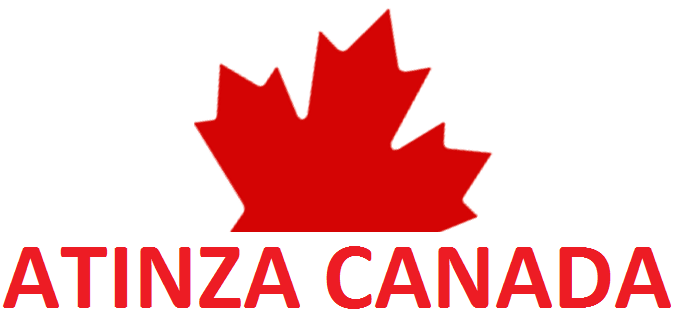CTD and eCTD format
The Common Technical Document (CTD) is an international standardized format for presenting the efficacy, safety and quality details of a drug product in a regulatory application. Within the CTD, product and applicant information is organized into five prescribed modules including administrative/prescribing information, summaries, quality, non-clinical reports, and clinical reports.
The preparation and filing of drug regulatory activities to Health Canada in the eCTD electronic-only format has been established by the International Conference on Harmonisation of Technical Requirements for Registration of Pharmaceuticals for Human Use (ICH). As of January 1, 2018, applicants must submit the following in eCTD format only for the following submissions:
- New Drug Submissions (NDS);
- Supplement to a New Drug Submissions (SNDS);
- Abbreviated New Drug Submissions (ANDS); and
- Supplement to an Abbreviated New Drug Submissions (SANDS New drug submission)
Submissions that are strongly recommended to be filed under eCTD format:
- Periodic Safety Update Reports (PSUR);
- Notifiable Changes (NC);
- Pre-submission meeting information
- Applications for Drug Identification Number (DIN)
The eCTD format is also strongly encouraged for drug/device combinations where the primary mechanism of action is drug-related. Where the combination product is classified as a device, the use of eCTD format for the drug component is also encouraged.
eCTD format specifications
eCTD format must comply with the specifications included in the Guidance Document: Creation of the Canadian Module 1 Backbone developed by Health Canada, as well as the Electronic Common Technical Document Specification and the corresponding Questions and Answers, developed by the ICH M2 Expert Working Group (EWG)
The eCTD structure is the rendering of the regulatory activity through its organization in an eXtensible Markup Language (XML) backbone. The rendered XML backbone is equivalent to the table of contents of a hard-copy document. The eCTD structure is presented through an XML viewing tool.
Module 1 Folder (m1) is defined in Health Canada’s Guidance Document: Creation of the Canadian Module 1 Backbone, while The structure and content of the Modules 2 to 5 folders (m2-m5) are defined in the ICH Electronic Common Technical Document Specification, Health Canada’s Guidance Document: Preparation of Drug Regulatory Activities in the Common Technical Document (CTD) Format, and other relevant guidance documents listed in Appendix A.
Atinza’s support
- Transit from CTD to eCTD format, review and screen eCTD files and submissions.
- Arrange cover letter for the submission. Health Canada strongly recommends that all regulatory activities and subsequent regulatory transactions in eCTD format are accompanied by an administrative cover letter with several compulsory contents.
